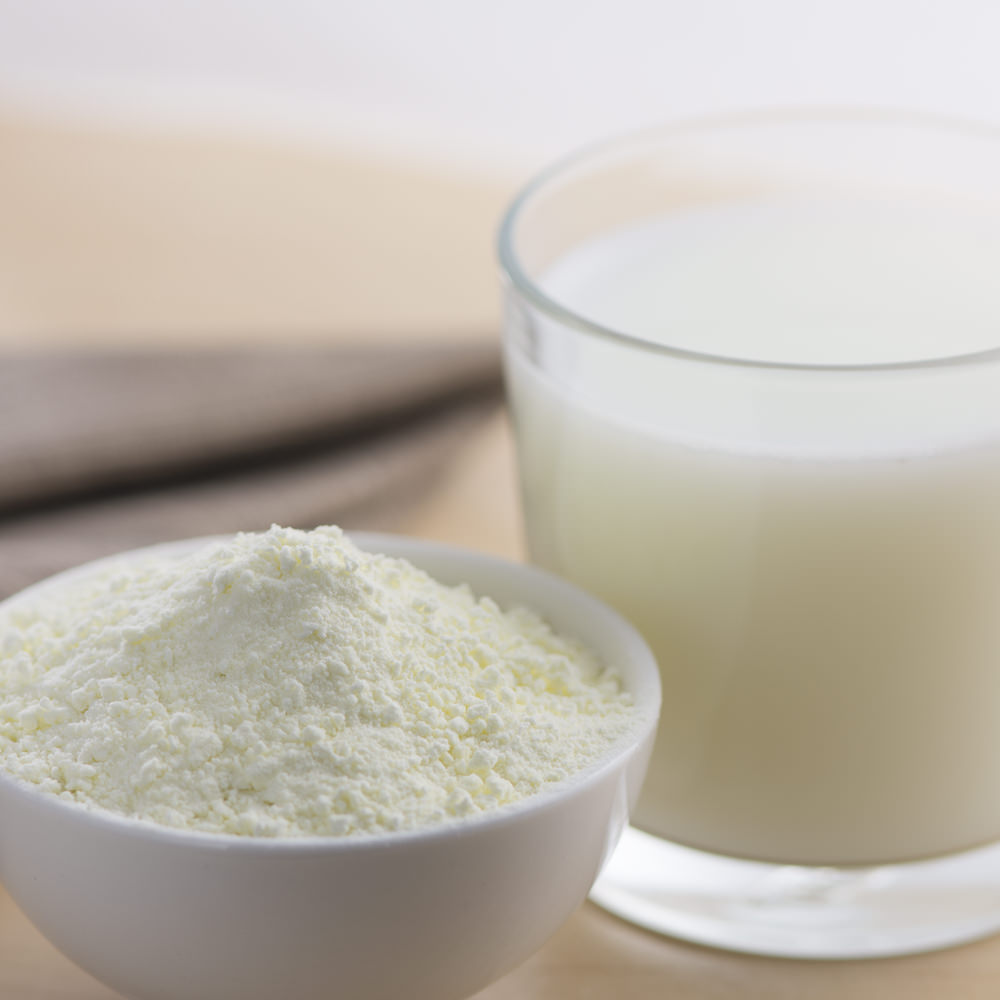

FISH SMARTER, NOT HARDER!
Catch More. Catch Bigger. Start With Our Boilies!

Scientific Approach
Crafted with precision to deliver perfect quality and irresistible attraction every time.

Worldwide Experience
Built on proven methods to consistently deliver results where it matters most – on the water.

Natural Ingredients
Natural components mirror what fish feed on in their environment, ensuring a more instinctive and confident bite.

Continuous Studies
We’re always learning and improving to bring you baits that meet the real needs of modern anglers and ever-changing fishing conditions.
Premium Carp Bait for American Anglers
We’re a proud US-based company bringing over 20 years of European bait-making expertise straight to North America. Our premium carp baits are crafted to actually work – not just look good on the shelf. Let’s make carp fishing better, together.
1
Over 20 years of hands-on bait production experience across Europe and beyond.
2
Crafted to genuinely attract carp – not just look good on the shelf.
3
Now expanding into North America to support and grow the U.S. carp fishing community.

What we
offer

Why Bait Nerd?
We put our best in our products
At Bait Nerd, we believe fishing is more than just a pastime, it’s about chasing your dream catch. That’s why we craft premium, handcrafted boilies with proven ingredients that get real results. Whether you’re targeting a PB or just love being on the water, our bait is made to perform.
- Connected with US Anglers
- Knowledge of Local Waters
- Powered by Global Experience
- Made with Best Ingredients

what’s inside?
We use only best ingredients

Grains
We use a blend of carefully selected grains in our boilies to provide a natural, nutrient-rich profile that mirrors what carp feed on in the wild. These grains not only enhance digestibility but also release subtle food signals that keep fish actively searching your bait.

Whey Protein
Whey protein is a concentrated blend of proteins extracted from the liquid byproduct of cheese production known as whey. It has a rapid breakdown rate and causes a swift increase in amino acid concentration upon consumption, without affecting acidity levels or causing gas formation. Moreover, it boasts an extremely high absorption rate.

Eggs
Egg albumen is a key ingredient in our boilies, valued for its strong binding properties and smooth texture that helps maintain shape in water while steadily releasing attractants. As a near-perfect protein source rich in essential amino acids, egg white protein supports vital functions—unlike whole eggs, which contain more fat and less protein by weight due to the yolk content.

Milk
All types of milk, whether it’s dry milk or regular cow’s milk, are rich in fats and vitamins. Additionally, they have a attractive aroma and taste due to lactose or sugar content. Scientifically proven that carp are fond of soluble additives made from dairy products, so they can be added in a low quantity to the mixture.

Dyes and Flavors
Attractants, which are natural or synthetic substances, are commonly used in carp fishing to lure fish. In our products we always incorporate additional attractants such as appetizing flavorings and dyes.
When making our products, we use highly concentrated flavorings. These substances typically have a gel-like texture and are simple yet effective when fishing for carp.
what are the trget species?
our bait can help you catch theese
Common Carp
The common carp (Cyprinus carpio) is a widely recognized freshwater fish native to Europe and Asia, now thriving in various regions worldwide. Known for their adaptability, carp can inhabit diverse water environments, making them a popular target for anglers. With their large bodies and distinctive barbels, common carp can grow over 30 pounds, offering a challenging and rewarding fishing experience.


Mirror Carp
The mirror carp (Cyprinus carpio var. specularis) is a distinctive variety of the common carp, easily recognized by its unique scale pattern. Unlike the fully scaled common carp, mirror carp have large, irregularly placed scales, often creating a striking appearance. Originating from Europe, this variant has become popular among anglers for its size and the challenge it presents, often reaching weights of over 30 pounds.
Carp Koi
Koi carp (Cyprinus rubrofuscus) are a brightly colored variant of the common carp, originally bred in Japan for their ornamental beauty. Renowned for their striking colors and patterns, which range from vivid reds and oranges to whites, yellows, and blacks, koi are often kept in decorative ponds. However, they share many characteristics with their wild relatives, including their adaptability and hardy nature.


Smallmouth Buffalo
The smallmouth buffalo (Ictiobus bubalus) is a large freshwater fish native to North America, commonly found in rivers, lakes, and reservoirs. Known for their deep bodies and small mouths, these fish can be mistaken for carp but belong to a different family. Smallmouth buffalo are highly adaptable and can thrive in a variety of water conditions, making them a popular target for anglers, especially in the southern United States.
Channel Catfish
The channel catfish (Ictalurus punctatus) is a widely recognized freshwater fish native to North America, commonly found in rivers, lakes, and reservoirs across the continent. This species is easily identified by its slender body, deeply forked tail, and characteristic dark spots along its sides. While typically smaller than its blue catfish relative, channel catfish can still grow to impressive sizes, with some individuals reaching over 40 pounds. Their adaptability to various water conditions has made them one of the most popular game fish for both recreational and commercial anglers.


See what real anglers say about our products
Latest News
-
Introducing the Bait Nerd Breathable Hat in Gunsteel!
We’re incredibly excited to announce the official launch of our brand new Bait Nerd Breathable Hat in a sleek Gunsteel color! Designed with the dedicated angler in mind, this hat combines comfort, style, and breathability to enhance your experience on the water. Crafted from high-quality, lightweight…
-
Just Released: Our New Amazon Store is Live!
We’re excited to announce that the new version of our Amazon store is now officially live—featuring an improved layout, easier navigation, and our latest addition: the 20mm Soluble Duo Boilies! These powerful, double-flavored boilies are already making waves with anglers who want reliable, long-lasting bait packed…
-
New Launch: Dual-Color, Dual-Flavor 20mm Soluble Boilies Are Here!
We’ve been hinting at something exciting — and today’s the day it finally drops. Say hello to our new 20mm soluble boilies – designed with two standout colors and two irresistible flavors in every piece. Whether you’re targeting pressured waters or looking for that edge in…